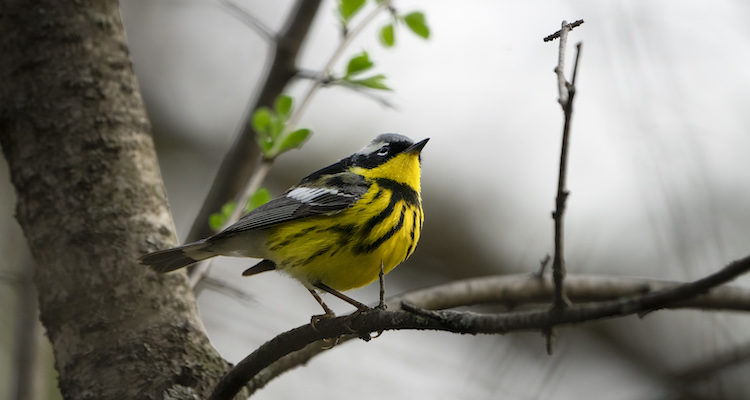If you’ve spent time outdoors within the last couple of weeks, you might have seen tiny flashes of bright color frantically darting around trees and brush piles. If you’re lucky enough to see one of those flashes catch a breath on a nearby tree branch, you’ll have encountered one of the world’s tiniest type of bird: the warbler. For Milwaukeeans, warblers mark the start and end of spring migration, and remind us that the city plays a vital role for North American wildlife.
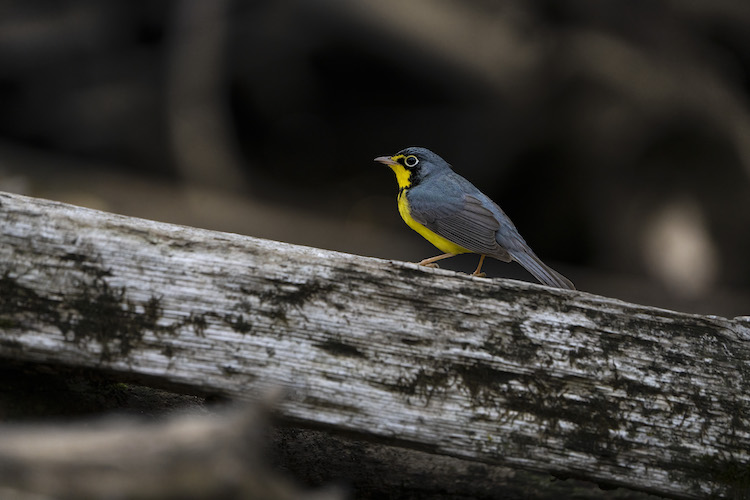
A Canada Warbler. Photo by Kyle Arpke.
Around 120 warbler species exist throughout the world, and out of those 120, roughly 40 make their way through Wisconsin every spring. Warblers chart their way from South America to Canada, following migratory pathways primarily dictated by large bodies of water, including Lake Michigan. Warblers pass through our state in waves, the species intermixing to provide viewers with a flurry of color that sometimes lasts mere days. In mid-April, our first major warbler wave featured a larger than average amount of Palm Warblers, which feasted on insects at Warnimont Park.
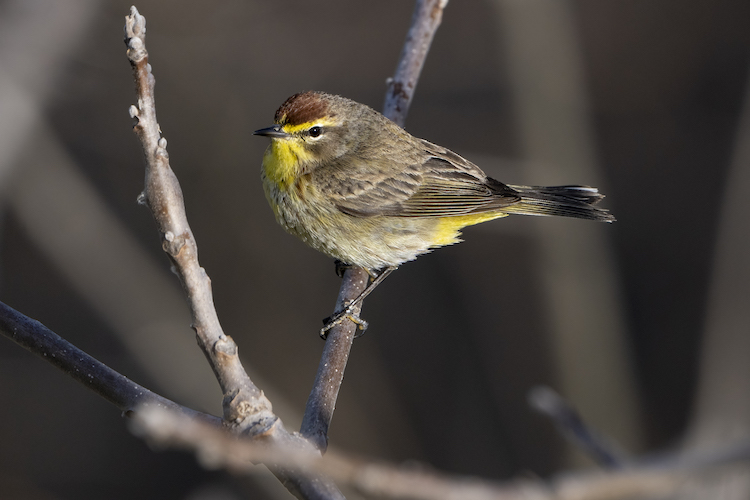
A Palm Warbler. Photo by Kyle Arpke.
While the Palm Warblers are currently making their way out of state, have no fear—there are plenty more warbler species to come. If you have a fear of missing out, here are a few tips:
Look for birds smaller than a sparrow. While not all small migratory birds are warblers, keeping your eyes peeled for pint-sized bird buddies will lead you down the road to success.
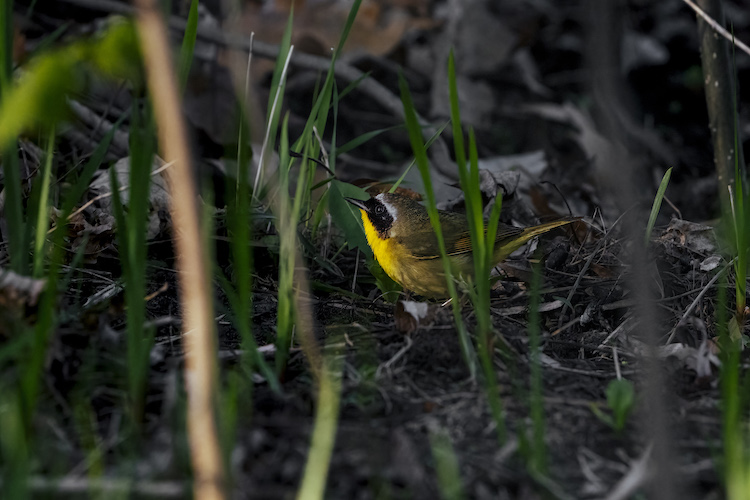
A male Common Yellowthroat. Photo by Kyle Arpke.
When you spot a warbler, look above and below it. Different species travel together, but they also prefer different levels within the forest. Some hunt for insects on the forest floor while others prefer the canopy. At least eight species were spotted in one park during April’s first wave.
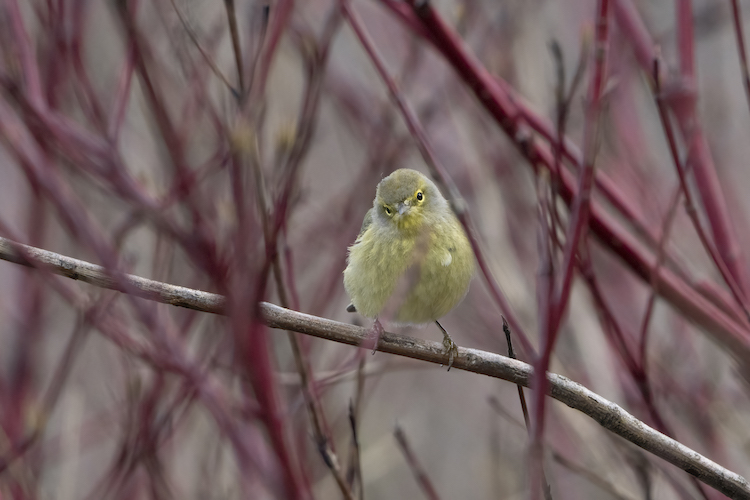
An Orange-crowned Warbler. Photo by Kyle Arpke.
Warblers are active for longer during overcast days. Birds tend to migrate on sunny days, but storms force warblers to slow down and stay a while.
Finally, check Cornell Laboratory’s Migration Dashboard. Thanks to the work of citizen scientists, tools are being built that help ornithologists predict the migratory patterns of birds. Thankfully, this tool is open to the public!

An American Redstart. Photo by Kyle Arpke.
Speaking of citizen scientists, the next time you’re out and about you can lend a hand to this important research by joining the eBird community. Through eBird, everyday people can record and report their bird sightings, which scientists use for a myriad of projects include the Migration Dashboard, and locally, Wisconsin’s 2nd Breeding Bird Atlas (spearheaded by the Wisconsin Society of Ornithology).
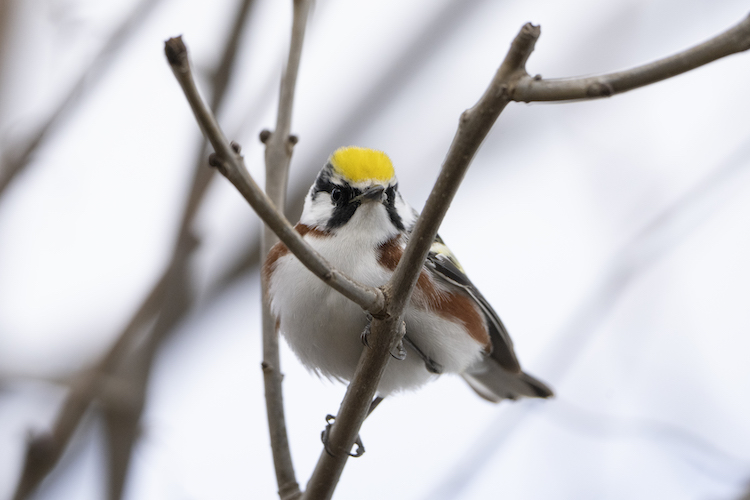
A Chestnut-sided Warbler. Photo by Kyle Arpke.
While birding, always be respectful to birds and other wildlife. Birds are small and exert a tremendous amount of energy as they travel across the Americas. Observe them from a reasonable distance (if you’re patient, some birds will come to you) and consult your local nature shop about what you can and cannot feed our avian friends. At night, turn off any unnecessary lighting. Window collisions are a real threat to migrating birds, and evening illumination confuses birds, especially ones passing through urban areas.
Living in Milwaukee comes with a variety of perks. Brats, beer…and birds! Take some time this spring to experience the rare birds that make this time of year so unique. Find a local park or nature center, bring your binoculars and a field guide, and revel in the fleeting passerby whose global journey includes an important pit stop in our great city.
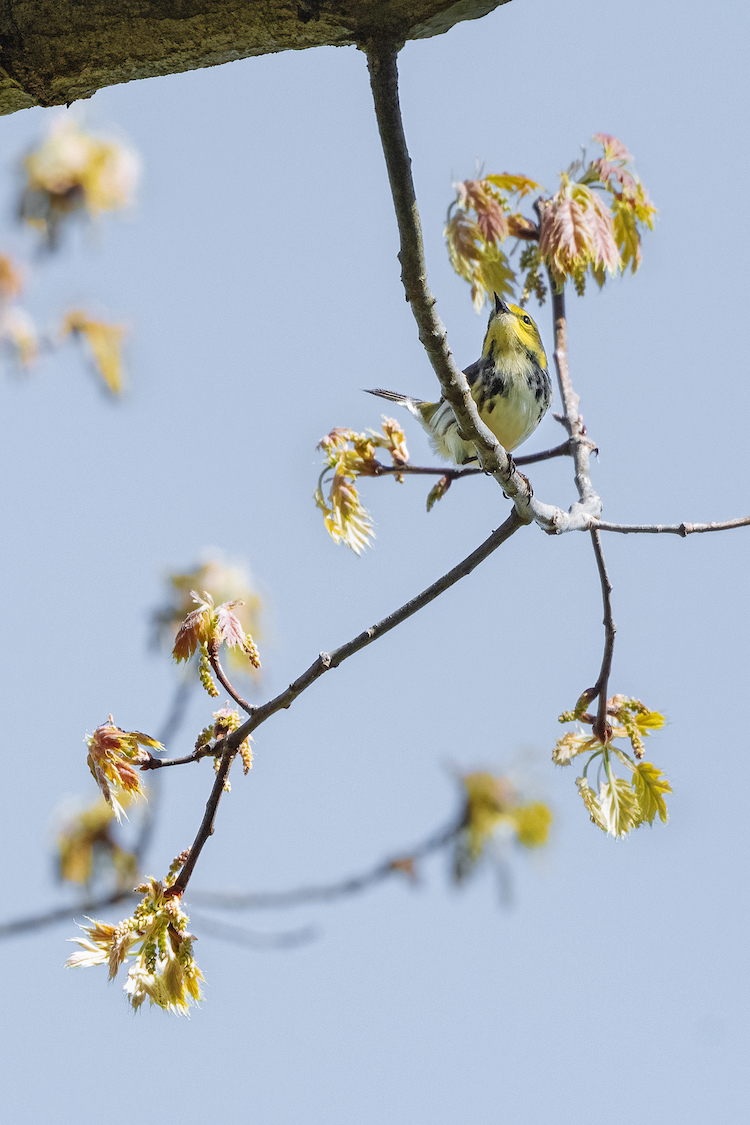
A female Black-throated Green Warbler. Photo by Kyle Arpke.
Exclusive articles, podcasts, and more. Support Milwaukee Record on Patreon.
RELATED ARTICLES
• I thought I’d hate these bird sculptures in Lakeshore State Park but I kinda like them

